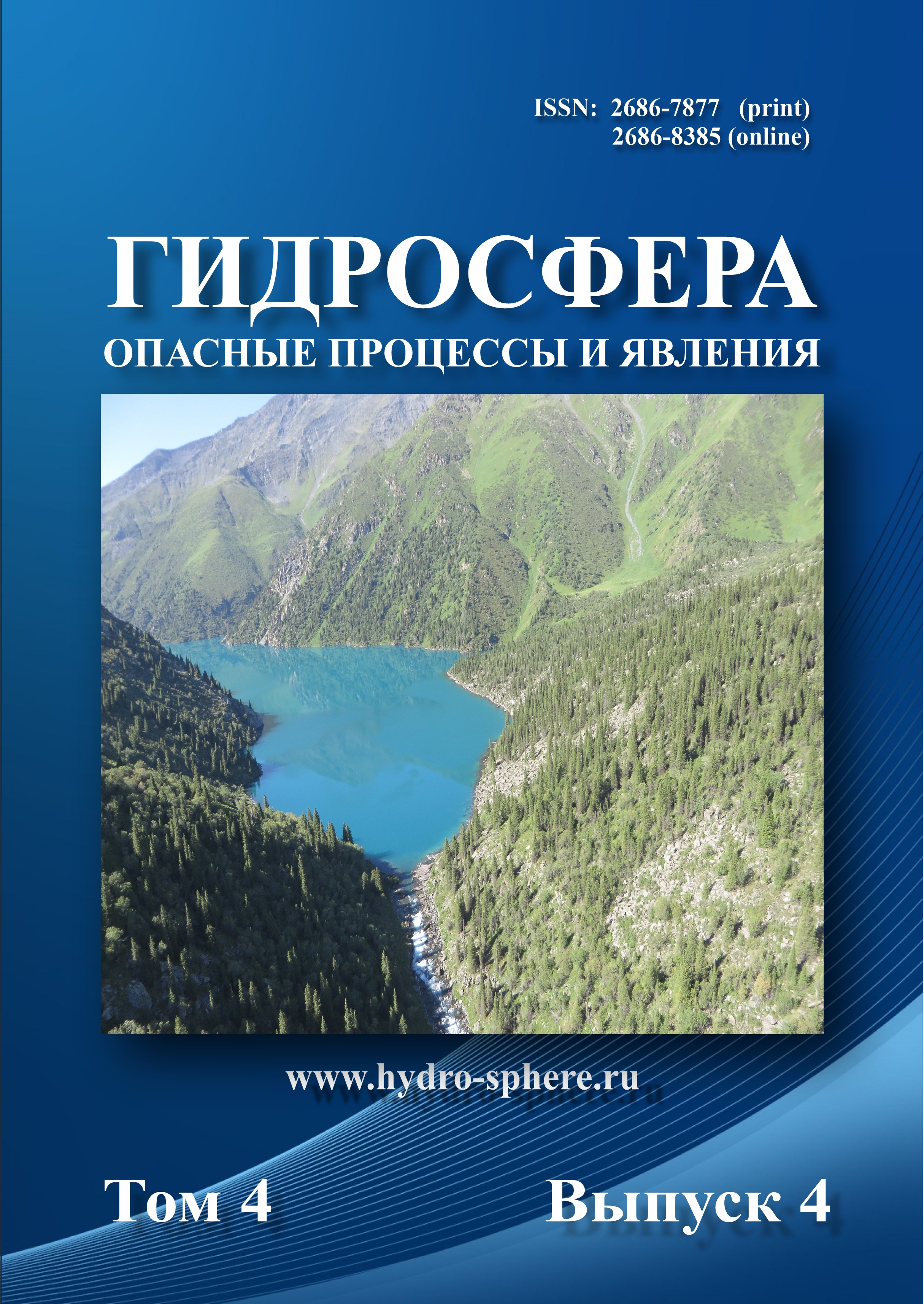Каменский Г.Н., Биндеман Н.Н., Вевиоровская М.А., Альтовский М.Е. Режим подземных вод. М.-Л.: ГОНТИ, Главная редакция строительной литературы, 1938. 192 с.
Лавров С.А., Марков М.Л. Оценка влияния атмосферного давления на уровень и сток грунтовых вод // Инженерные изыскания.
Т. XII. № 11–12. С. 44–51. DOI: 10.25296/1997-8650-2018-12-11-12-44-51.
Марунич С.В., Завилейский С.В., Ливанова Н.А. Влияние изменения атмосферного давления на формирование речного стока // Известия Академии наук. Серия географическая. 1998. № 1. С. 111–115.
Соколов Б.Л., Завилейский С.В., Марунич С.В. Экспериментальные исследования процессов формирования речного стока малых водосборов // Метеорология и гидрология. 1994. № 10. С. 82–91.
Трегубов О.Д., Гарцман Б.И., Шамов В.В., Лебедева Л.С., Тарбеева А.М. Реакция стока малых рек и надмерзлотных вод Анадырской низменности на перепады атмосферного давления // Гидросфера. Опасные процессы и явления. 2021. Т. 3. Вып. 3. С. 297–309. DOI: 10.34753/HS.2021.3.3.297.
Hare P.W., Morse R.E. Water-level fluctuations due to barometric pressure changes in an isolated portion of an unconfined aquifer // Ground Water. 1997. Vol. 35. Iss. 4. Pp. 667–671. DOI: 10.1111/j.1745-6584.1997.tb00132.x.
Jacob C.E. On the flow of water in an elastic artesian aquifer // Eos, Transactions American Geophysical Union. 1940. Vol. 21. Iss. 2.
Pp. 574–586. DOI: 10.1029/TR021i002p00574.
King Fr. Observations and experiments on the fluctuations in the level and rate of movement of ground water on the Wisconsin agricultural experiment station farm and at Whitewater, Wisconsin. US Department of agriculture weather bureau. Bulletin №5. Washington DC, Weather Bureau, 1892. 92 p.
Quilty E.G., Roeloffs E.A. Removal of barometric pressure response from water level data // Journal of Geophysical Research. 1991. Vol. 96. Iss. B6. Pp. 10209–10218. DOI: 10.1029/91JB00429.
Rasmussen T.C., Crawford L.A. Identifying and removing barometric pressure effects in confined and unconfined aquifers // Ground Water. 1997. Vol. 35. Iss. 3. Pp. 502–511. DOI: 10.1111/j.1745-6584.1997.tb00111.x.
Spane F.A. Considering barometric pressure in groundwater flow investigations // Water Resources Research. 2002. Vol. 38. Iss. 6. Pp. 14-1–14-18. DOI: 10.1029/2001WR000701.
Turk L.J. Diurnal fluctuations of water tables induced by atmospheric pressure changes // Journal of Hydrology. 1975. Vol. 26. Iss. 1–2. Pp. 1–16. DOI: 10.1016/0022-1694(75)90121-3.
Zhuravin S.A., Markov M.L. Development of studies in small research basins in Russia and the most recent tasks // Proceedings of the Workshop «Status and Perspectives of Hydrology in Small Basins» (Goslar-Hahnenklee, Germany, 30 March –
April 2009). IAHS Publ., 2010. No. 336. Рp. 219–224.








1.png)




















